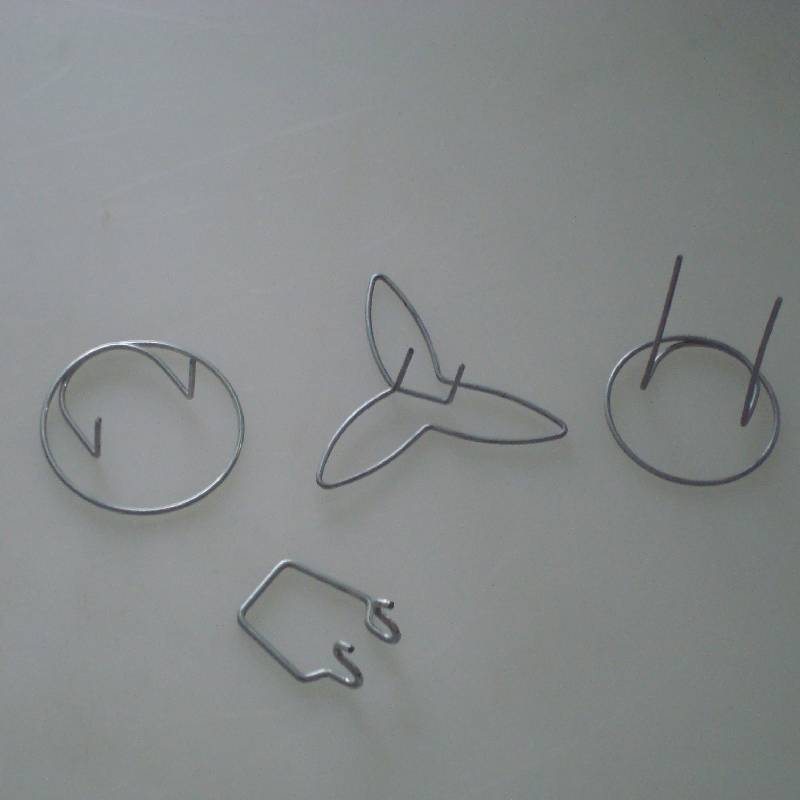
- Mobile Phone
- +8613931874955
- sales@cntcmetal.com
Hybrid Rib Mesh Structure Connection Design and Implementation Techniques
Understanding Hy-Rib Mesh Construction Joints
In modern construction, the optimization of structural integrity and efficiency is paramount. One significant development in this realm is the use of hy-rib mesh construction joint. This innovative technique serves the dual purpose of simplifying the assembly of concrete structures while enhancing their overall strength and durability. This article delves into the concept of hy-rib mesh construction joints, their benefits, applications, and the future of this method in the construction industry.
What is Hy-Rib Mesh?
Hy-rib mesh, also known as ribbed mesh or high rib mesh, refers to a type of steel mesh that combines ribbed steel sheets with reinforcement bars. The ribs are designed to create an interlocking mechanism that significantly improves the mechanical bond between the mesh and concrete. Unlike traditional flat reinforcement bars, hy-rib mesh allows for a more extensive distribution of tensile and compressive forces, which is critical in providing stability to structural components.
Construction Joints and their Importance
In construction, a joint is a critical component where two or more elements meet. Construction joints are often required to manage the continuity of structures, accommodating movements caused by thermal expansion, contractions, or any other loads that may occur during the structure's lifetime. Properly designed construction joints can enhance the structural integrity and longevity of the building, making it essential to understand and implement effective joint solutions.
Benefits of Hy-Rib Mesh Construction Joints
1. Enhanced Structural Integrity Hy-rib mesh provides superior bonding with concrete due to its ribbed structure, leading to enhanced tensile strength. The mechanical interlock established at the joint helps in distributing loads efficiently, thereby reducing the risk of cracking and potential failures.
2. Improved Workability The design of hy-rib mesh allows for easier handling and placement during construction. Its lightweight nature compared to traditional reinforcement methods facilitates faster installation, saving both time and labor costs on-site.
3. Versatile Applications Hy-rib mesh construction joints are applicable in various construction scenarios, including bridges, high-rise buildings, and industrial floors. Their versatility in accommodating different loads and strengths makes them suitable for diverse structural designs.
4. Cost-Effectiveness Utilizing hy-rib mesh can lead to significant cost savings in the long term. Although the initial investment may be comparable to standard reinforcement methods, the enhanced durability and reduction in maintenance costs contribute to overall budget efficiency.
hy rib mesh construction joint

5. Environmental Benefits The efficiency of hy-rib mesh allows for optimized material usage, contributing to waste reduction in construction. Moreover, it can be manufactured with recycled materials, aligning with modern sustainable construction practices.
Implementation and Best Practices
When incorporating hy-rib mesh construction joints into a project, it’s essential to follow best practices to ensure maximum effectiveness
- Design Considerations Collaborate with structural engineers to evaluate the specific needs of the project. Proper design tailored to the type of loads and structural configurations is integral to harnessing the full benefits of hy-rib mesh.
- Quality Assurance Ensure that high-quality materials are used in the production of hy-rib mesh. The mesh should meet relevant standards and specifications to guarantee performance throughout the lifecycle of the structure.
- Training and Guidelines Educate construction crews on the handling and installation techniques specific to hy-rib mesh systems. Proper training ensures adherence to safety practices and optimal installation.
The Future of Hy-Rib Mesh Construction Joints
As technology continues to advance, the construction industry is witnessing a significant shift towards more efficient and durable building methods. The potential for hy-rib mesh construction joints is vast, with ongoing research focusing on optimizing their applications further. Innovations in material science may lead to enhanced mesh designs that not only improve performance but also integrate seamlessly with smart construction technologies.
Conclusion
Hy-rib mesh construction joints represent a promising advancement in the field of construction. Their benefits in terms of structural integrity, workability, versatility, and cost-effectiveness make them a valuable option for modern engineering challenges. As the industry evolves, embracing such innovations will be vital for achieving higher standards of construction efficiency and sustainability.
share:
-
Yard Sign Stakes: Reliable Guardians of Outdoor SignsNewsAug.04,2025
-
Wall Ties: Invisible Guardians of Building StabilityNewsAug.04,2025
-
Resilient Web: The Super Guardian Power of Concrete MeshNewsAug.04,2025
-
Masonry Accessories: A versatile assistant on building foundationsNewsAug.04,2025
-
Iron Binding Wire: the 'invisible reinforcement specialist' in the fields of architecture and industryNewsAug.04,2025
-
Dynamic Spring: The diverse functions and excellent performance of Wire Tension SpringNewsAug.04,2025
-
Your Source for Concrete Wall Ties and Masonry AccessoriesNewsJul.10,2025



















